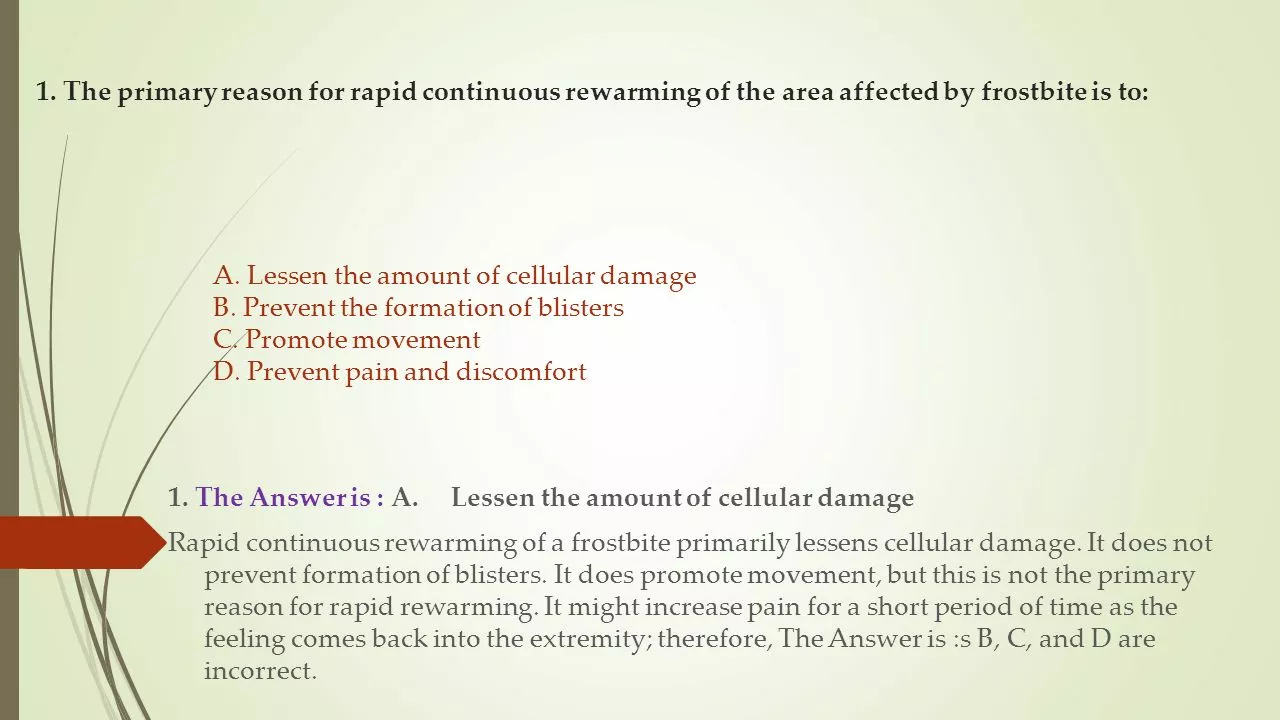As a blogger, I recently researched Lurasidone Interactions and found essential information that everyone should be aware of. Lurasidone is an antipsychotic medication used to treat schizophrenia and bipolar disorder. However, it can interact with other medications, affecting its effectiveness or causing side effects. It's crucial to inform your healthcare provider about all the medications you're taking, including prescriptions, over-the-counter drugs, and supplements. Lastly, avoid alcohol and grapefruit juice as they can also negatively interact with Lurasidone, leading to unwanted complications.
Drug Interactions: Spot Risks Before They Happen
Mixing medicines, supplements, and even foods can change how drugs work — sometimes safely, sometimes dangerously. You don’t need to memorize every combo. A few common red flags and simple checks will keep you safer and save time at the pharmacy.
Common dangerous combos to watch for
Some interactions come up again and again. For example, nitrates (from chest pain meds) and sildenafil products like Kamagra or Viagra can cause a sudden, severe drop in blood pressure. Anticoagulants such as warfarin plus antibiotics like Bactrim (trimethoprim-sulfamethoxazole) often boost bleeding risk. Proton pump inhibitors like Nexium (esomeprazole) can reduce the activation of clopidogrel, lowering its benefit after stents. NSAIDs like Toradol raise bleeding risk when combined with blood thinners or with steroids.
Supplements aren’t harmless. St. John’s wort speeds up metabolism and can make birth control, some antidepressants, and transplant drugs less effective. Resveratrol, fish oil, and other supplements can increase bleeding when taken with anticoagulants. Herbs that affect the immune system may clash with immunosuppressants. Even grapefruit juice can raise levels of statins and some blood pressure meds.
Mental health meds and sedatives add another layer: combining gabapentin (Neurontin), benzodiazepines, opioids, or alcohol increases drowsiness and breathing problems. Anticholinergic drugs like tolterodine plus other anticholinergics can cause confusion, dry mouth, and urinary retention — especially in older adults.
How to check interactions fast
Do these quick things before you mix anything:
- Keep one current medication list — prescriptions, OTC drugs, and supplements — and show it to every provider.
- Use a trusted interaction checker (Drugs.com, MedlinePlus, or your pharmacy app) for a fast scan.
- Ask the pharmacist when you pick up meds: “Any interactions I should know about?” They catch many issues missed by websites.
- Don’t stop or swap prescription meds without talking to your prescriber — alternatives like switching from Bactrim to nitrofurantoin can change interaction risks.
- Be careful buying meds online: choose verified pharmacies and avoid sites that don’t ask for prescriptions for prescription-only drugs.
- If you start a new supplement, sleep aid, or weight-loss product, check interactions first — natural doesn’t mean safe with other drugs.
If you notice new symptoms after starting a combination — more bruising, unusual tiredness, dizziness, heart palpitations, or severe stomach upset — call your doctor or pharmacist right away. Some interactions build up slowly; others show up fast.
Keeping an updated med list, asking simple questions, and using reliable tools will catch most problems. If you ever feel unsure, a quick call to your pharmacist beats a risky guess. Your health is worth the extra minute.

